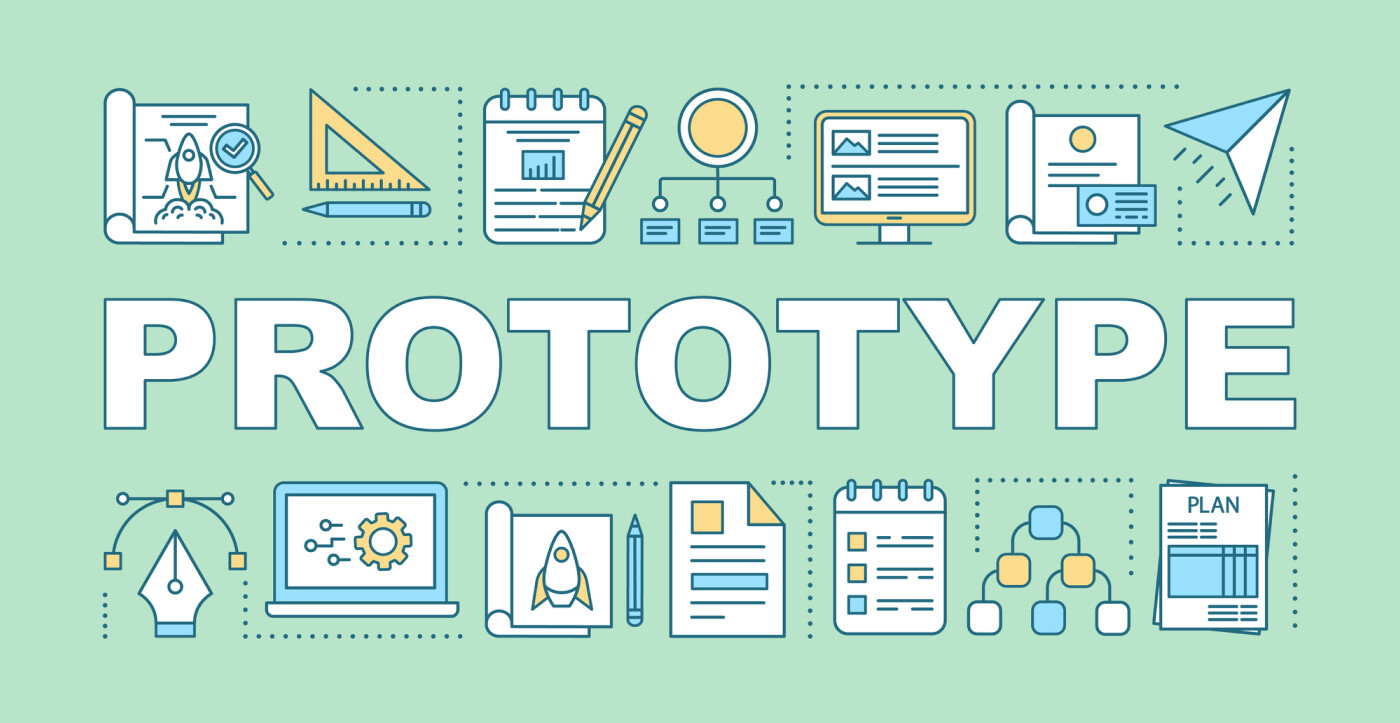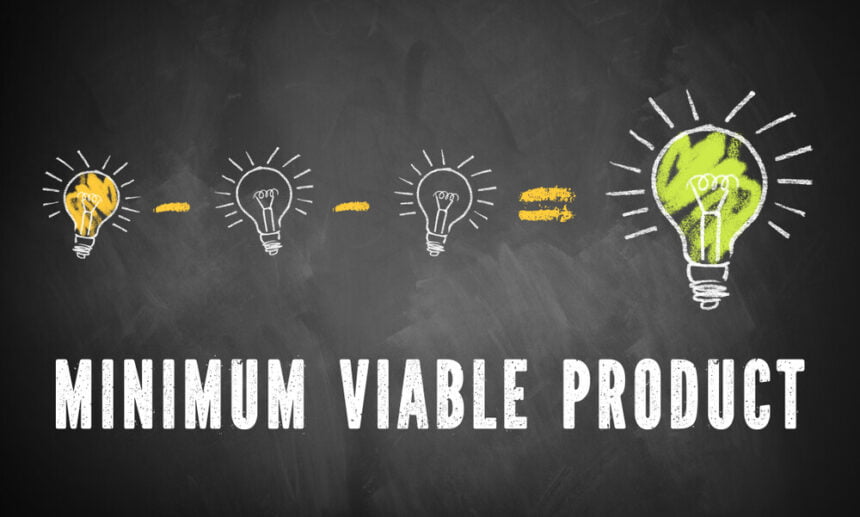Big data is playing a pivotal role in the R&D process in countless organizations. These companies have discovered that machine learning and AI can be used for studying complex concepts in intricate detail. Big data is identifying new customer expectations and pairing them with cutting-edge solutions. Research from McKinsey has found that big data is used in the R&D processes of many industries.
Unfortunately, big data technology isn’t an infallible crystal ball. You need to integrate big data principles into your MVP or Proof of Concept strategies. This will help you identify the best research opportunities.

Big Data is Central to the Research Process
If you feel lost in all these technical terms and don’t know whether you are accurately using them, then here is a good read for you. This article is an essential guide that will enhance your understanding and approaches of how to use or offer MVP development services. It discusses short definitions, aims, and common ground of a Proof of Concept, Prototype, Wireframes, Pilot Project, and a Minimum Viable Product.
More importantly, you need to know how to use big data effectively in these processes.
What is a Proof of Concept?
A proof of concept (PoC) is a process of proving that an idea can be brought to life from a technological perspective. It ought to validate the feasibility and ensure that the project has a practical potential — that is, the chance for future success. The ultimate goal of PoC is to produce a functional version of the idea. It has only the necessary functionality and, in most cases, is not finished.
Since PoC aims to determine whether it is reasonable to invest time and resources into a project, it has a short life-cycle and is rarely presented to the end-users. This is one of the reasons big data can be so valuable. It can look at trends in real-time, which ensures that the window of opportunity to capitalize on it does not close. As a rule, a proof of concept is examined by a group of specialists who decide whether it deserves further investment. They use data analytics tools to improve the accuracy of their analysis. If the outcome is positive, then a functional prototype may be delivered to the target users or potential funders.
It is also essential to highlight that PoC is not scalable and cannot be reused. In most cases, if a proof of concept proved itself to be feasible and worth investing, then everything should be developed from scratch.
What is a Prototype?
In software development, a prototype is an incomplete version of a digital product that serves for a number of purposes. Firstly, it can demonstrate an interesting idea, as well as its partial yet practical realization to target customers and investors. Secondly, a prototype allows testing various usability scenarios and plan on further development. Finally, it promotes the tempo and efficiency of the decision-making process by providing feedback.
Prototypes are intended to be used only at the early stages of development. They are shown on various presentations and collaborative discussions and used to conduct user testing. However, after making all the necessary decisions and moving on to the next stage, a prototype becomes almost useless.
Prototypes are usually not expensive to built since they possess quite a limited functionality and cannot be delivered to users. In turn, they are often presented on various demonstrations and workshops.
Big data can help develop new prototypes easily. A lot of 3D printing machines use big data to optimize their designs.
What are Wireframes?
Wireframes (also called page schematic or static prototypes) are a visual representation of a website, mobile site, or computer application. They depict the layout and structure of a page in accordance with a product concept.
The chief purpose of wireframes is to visually demonstrate user interface (UI) and facilitate further project decisions. They are helpful when it is necessary to consider scenarios of user interactions and concentrate on improving user experience (UX). Wireframes can also be used to collect feedback and show the project’s potential realization to stakeholders.
Wireframes promote decision making during any stage of the development progression. After collecting feedback from users, stakeholders, and crew members, it is much easier to form a decent perspective regarding the development of the project and the features that need to be added or changed.
As a rule, wireframes are static visual representations of a website, but they may also sometimes include basic interaction and navigation. It provides you not only with the look of the product but also allows to actually feel it.
What is a Pilot Project?
A pilot project or pilot experiment is a test implementation of a future large-scale project on an initial smaller scale. It is often presented to a limited number of users who are selected to participate in the project. As well as its alternatives, it usually has a limited scope and functionality and is only a part of an ultimate solution.
A pilot project allows for risk-free experimenting with no adverse consequences. It helps to collect feedback from specifically selected users who provide an extensive and thorough insight into the value of an idea and the benefits of its realization.
A pilot experiment is extremely helpful when deciding whether to launch a product on a large scale or not. Its lifecycle is usually short and consists of the accumulation of the feedback information and analysis of the results to undertake the next step.
What is the Minimum Viable Product?
A minimum viable product (MVP) is a software unit which description absolutely corresponds to its name. It is a minimal realization of an idea that is yet viable enough and can already bring value to the intended audience or industry segment. It possesses the most essential characteristics to help solve a particular problem and thus cause demand.
Unlike a prototype that is presented only to a certain audience on specific occasions, MVP can offer you feedback that comes directly from real users. It significantly facilitates the development and scaling and helps to undertake truly effective decisions based on that feedback. At a fairly low cost, an MVP allows getting useful and sometimes even game-changing insights from the very first stages of development.
Planning an MVP is a complex, multifaceted process that requires some calculation. While there might be a large-scale initial idea of a product that has multiple cool features, it is vital to cut off everything that is not critical and reach that desired minimum viability.
When dealing with B2B solutions, it is crucial to effectively define the goals and calculate the outcomes of the project. Remember to always use the correct terminology, since it sets the expectations for your project, including its functionality and level of production readiness.
A profound understanding of the purpose and capabilities of a chosen software development approach is vital, especially during the preparation stage. It is critical to know the difference between a PoC, Pilot Project, Prototype, MVP, and Wireframes since it allows you to form the right expectations and predict the desirable result.
Big Data is Refining the R&D Process
There are a number of great reasons to use big data in research and development. Fortunately, big data can be very effective in the MVP and PoC stages.







